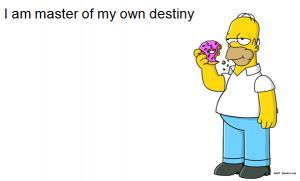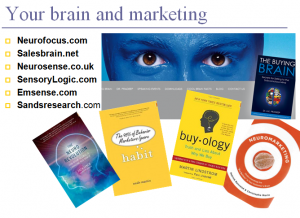If you are writing content designed to persuade and influence, you need to know what makes people tick. (photo courtesy of digitalart/FreeDigitalPhotos.net)
There are universal drives that are common in all human beings, across cultures, across the globe. When you create content that appeals to either of these four basic drives, you can’t help but engage the hearts and minds of readers on a profound level.
We can learn a lot from evolutionary studies. Our brains haven’t changed much, nor have our fundamental motivations.
I suggest a frame work for understanding basic human motivations: the Four Drive Theory, presented by Professors Paul R. Lawrence and Nitin Noria in their 2001 book Driven: How Human Nature Shapes Our Choices.
There are many theories about what motivates behaviors, but I like this Four Drive theory because it is based on studies of primitive man, primitive societies, and the evolution of brain functioning over the last 100,000 years.
It doesn’t matter if you view humans as being motivated according to Maslow’s Hierarchy of Needs, or Freud’s Pleasure/Pain framework, or any other drive theory. What matters for marketing is that you understand basic human drives, and what drives peoples’ behaviors at their most fundamental sources.
This theory doesn’t exclude other theories, but as a framework for marketing, I think it works quite well. Keeping these four things in mind, you can create more effective marketing that reaches the subconscious brains of your consumers. Read More→












